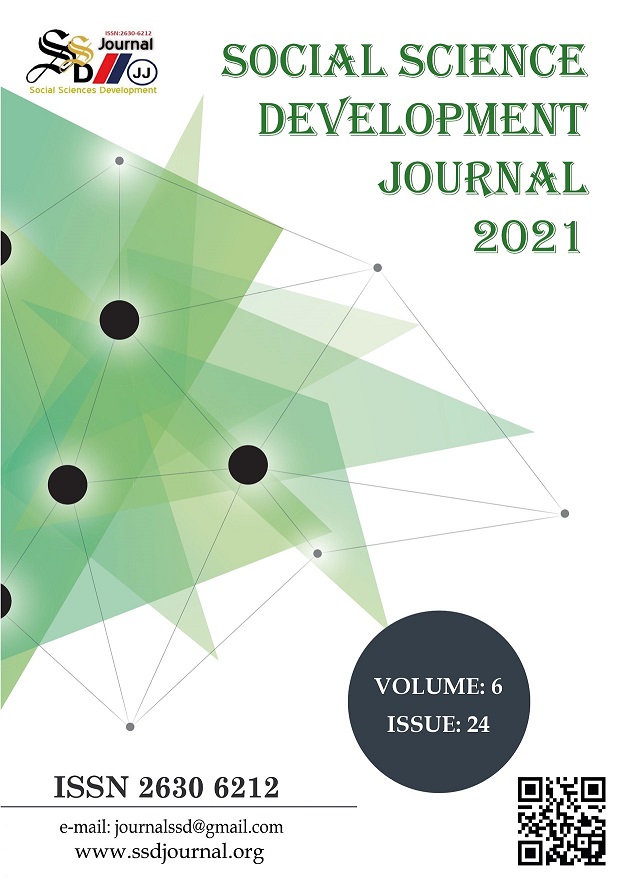ON OTTOMAN HERITAGE TAX REGISTERS AND SAFEVI REGION TAX REGISTERS AS A HISTORY SOURCE
DOI:
https://doi.org/10.31567/ssd.357Keywords:
TAX REDİSTERS, Ottoman, İran, Tax, SourceAbstract
In order to maintain the economic and political existence of the Ottoman state and to keep the
public and treasury order alive, the tax and tax population and tax potential, which were seen in
Egypt, Rome, Byzantine and Middle Ages Europe, were recorded in XIV. century and put into
practice from the XVI. Century expanded this system to cover all Imperial lands, XVII. After the
century, it continued to apply in new lands where it established permanent or temporary
domination. The Ottoman Empire applied the tahrir system here in order to continue its sovereignty
in the lands that it acquired in the Iranian region, and it was XVIII. century has brought a new
dimension. Ottoman Iranian registries played a major role in determining the income sources of the
state and the population subject to tax, as well as protecting the rights of the villagers by
establishing the Ottoman system in this geography.




